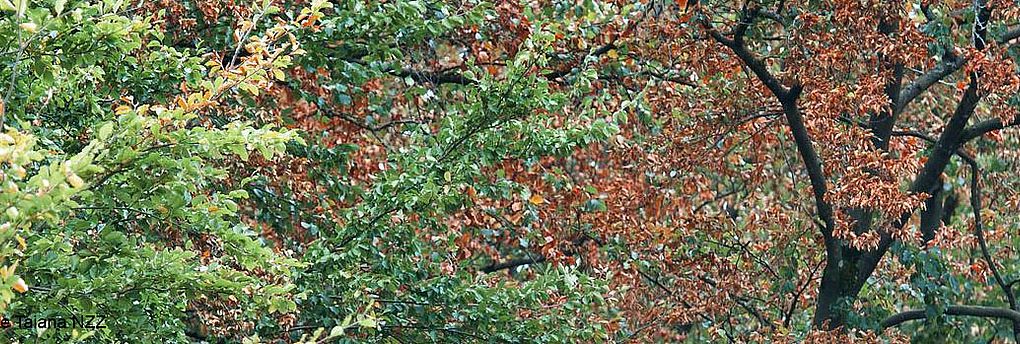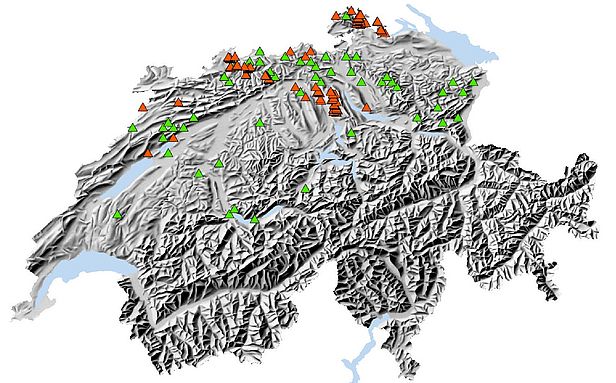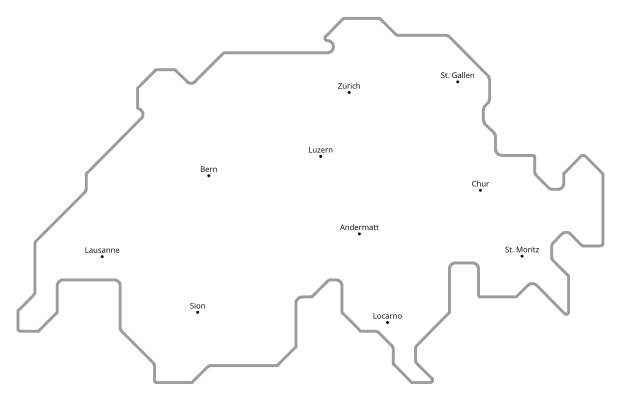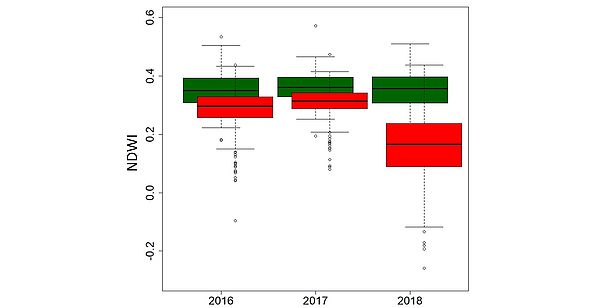
Identification of drought risk zones in current beech stands
Background
In the dry and hot summer of 2018, the leaves of numerous beech trees turned brown already in mid-July. It is not yet entirely clear what site conditions have led to these drought effects. However, it can be assumed that premature discoloration occurs mainly in soils with low water storage capacity.
Research questions
Which site factors led to a premature discoloration of the beech? Can areas with an increased risk of drought for beech be predicted on the basis of these site factors?
Methodology
Based on Sentinel-2 satellite images, vegetation indices are derived that provide information about the vitality of the trees. We have calculated and compared these indices for 2018 as well as for the previous years 2016 and 2017. If there are large differences to the previous years, this indicates premature discoloration of the trees in 2018. We have validated this classification with on-site observations, so-called ground truth data (Figure 1). Using the classified Sentinel-2 pixels (beech with and without drought symptoms) and machine learning algorithms, we conducted an analysis to identify relevant site factors that have led to drought symptoms and to predict areas with an increased risk of drought.

First results
Through the comparison with ground observation data, we were able to show that the vegetation indices (e.g. Normalized Difference Vegetation Index (NDVI) and the Normalized Difference Water Index (NDWI)) can reliably detect prematurely discoloured beech trees (Figure 2). Threshold values derived from vegetation indices can then be used for mapping beech trees with drought symptoms (Figure 3).

Further analyses will show whether it is possible to predict potential drought risk zones for beech in the Swiss Plateau. Initial results indicate that, in addition to local topographical conditions, tree height and distance to the forest edge are important site factors influencing premature beech discoloration: In summer 2018, taller beech stands close to the edge of the forest showed more premature foliage discoloration than lower stands or those inside the forest.

